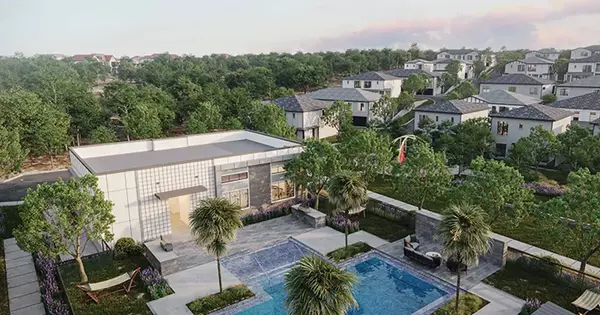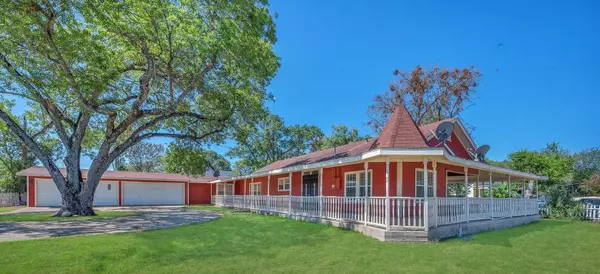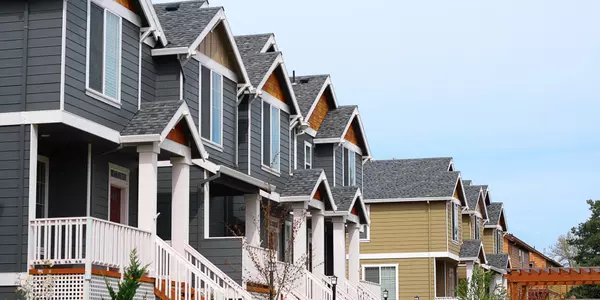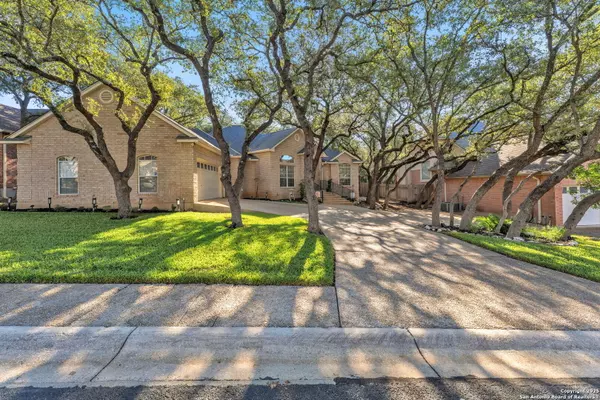The Comal, Guadalupe, and San Marcos rivers are experiencing critically low water levels
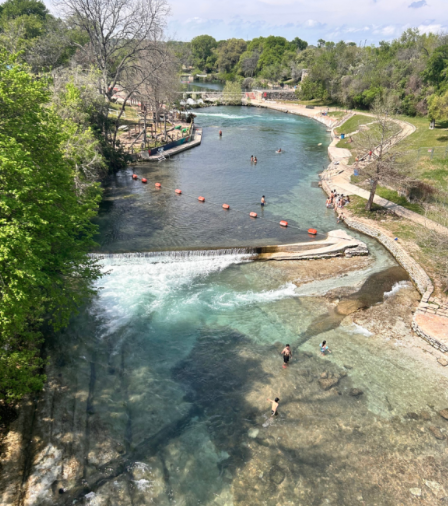
Popular Central Texas rivers like the Comal, Guadalupe, and San Marcos are experiencing critically low water levels due to ongoing drought conditions across the region. These rivers—known for tubing, kayaking, and attracting thousands of tourists each year—are now navigating new challenges as water levels fall and conservation becomes more urgent.
At the same time, the Edwards Aquifer, the main water source for much of Central and South Texas, continues to decline, prompting expanded water restrictions and renewed focus on resource management and sustainable growth.
🏞️ Why the Rivers Matter
The Comal, Guadalupe, and San Marcos rivers are iconic natural landmarks that support:
-
Tourism and recreation: tubing, paddleboarding, fishing, and camping
-
Local businesses: outfitters, resorts, rentals, and restaurants
-
Property value: waterfront homes and vacation rentals
-
Ecosystems: endangered species, aquatic life, and native vegetation
As water levels drop, these rivers are facing:
-
Slower flow rates
-
Reduced access points
-
Increased algae blooms and lower water quality
-
Shortened tubing seasons and reduced business income
🧭 Regional Impact: What’s Happening on the Ground
Communities near the rivers—including New Braunfels, Gruene, San Marcos, and Canyon Lake—are already taking action.
Changes You Might Notice:
-
Some tubing outfitters reducing hours or suspending rentals
-
Recreational zones along the rivers closing temporarily
-
Public messaging encouraging safe and respectful water use
-
Emphasis on non-water-based tourism (music, wine, culture)
This shift affects not just river traffic, but the real estate and economic landscape that thrives around these waterways.
🏡 What It Means for Real Estate and Investment
While it’s tempting to view water issues as short-term challenges, they raise longer-term questions for:
-
Homebuyers seeking waterfront properties
-
Investors in short-term rentals or vacation homes
-
Developers planning riverfront or resort-style communities
Key Considerations for Buyers and Investors:
-
Check current water levels and restrictions before purchasing near rivers
-
Look into floodplain and aquifer impact zones
-
Consider homes with alternative recreation access (trails, greenbelts, non-river amenities)
-
Watch for future city or county plans around sustainable development and infrastructure
Communities that plan wisely now may see stronger long-term appreciation and stability.
💬 How Locals Are Adapting
As residents and businesses respond, many are embracing low-impact living and new ways to enjoy Hill Country life:
-
Switching to drought-tolerant landscaping
-
Hosting or attending non-river events like outdoor concerts, farmers markets, and vineyard tours
-
Supporting small businesses impacted by slower river traffic
-
Getting involved in local water conservation programs and education
🧠 Long-Term Outlook: More Than Just a Dry Season
Experts say these low water levels are part of a larger climate trend—one that may continue if conservation and sustainable growth aren’t prioritized.
The situation reinforces how closely our quality of life, housing market, and environment are connected—especially in places like Central Texas where nature is a big part of why people live, visit, and invest.
🗣️ Less Water, More Awareness
The rivers are running low—but this moment also raises awareness, sparks innovation, and brings communities together. Whether you're tubing the Guadalupe, investing in riverfront property, or simply enjoying the Hill Country views, we all have a role to play in protecting what makes Texas beautiful.
Brought to you by CallTheCavalryGroup.com – Helping you move smart, live fully, and invest wisely across Texas.
Recent Posts
